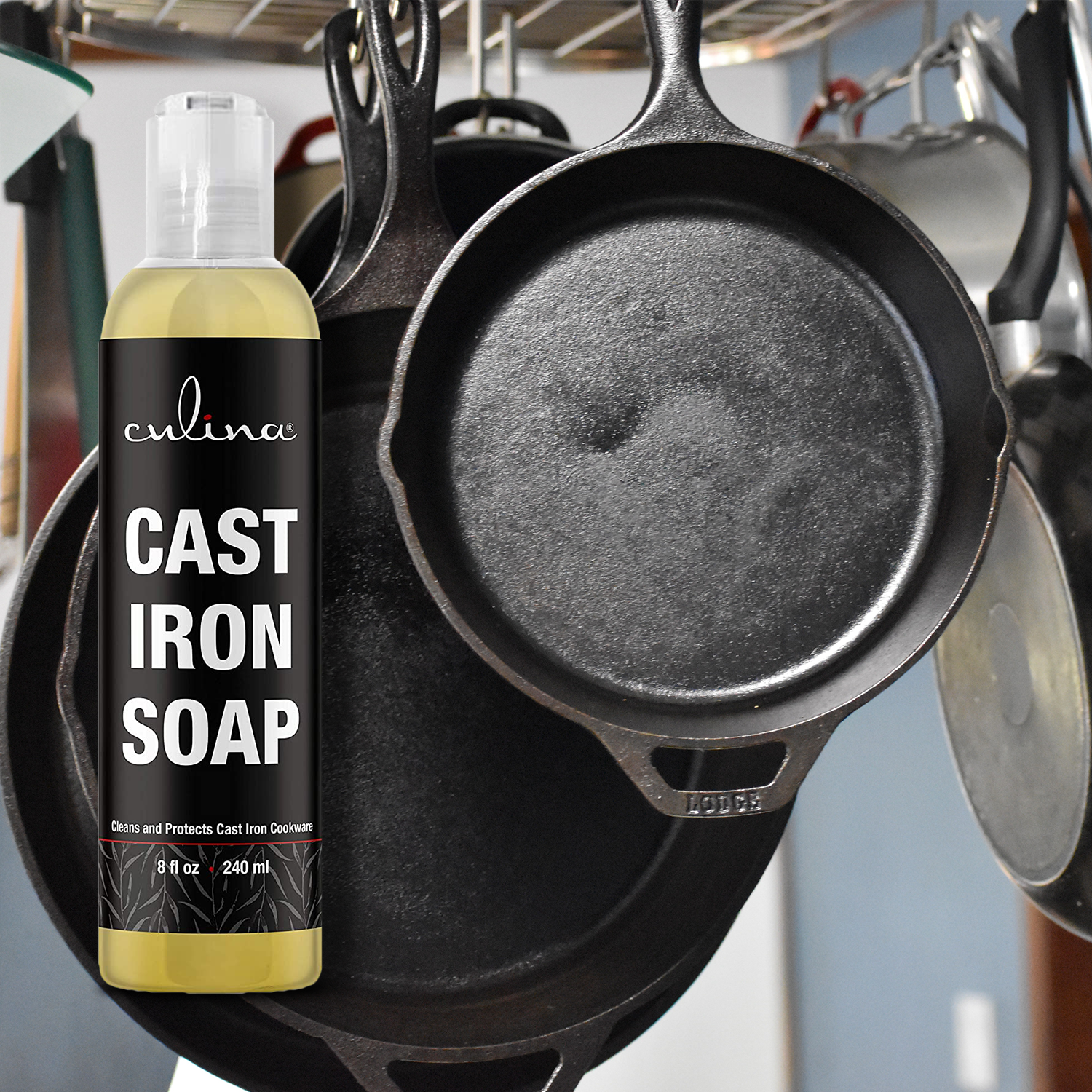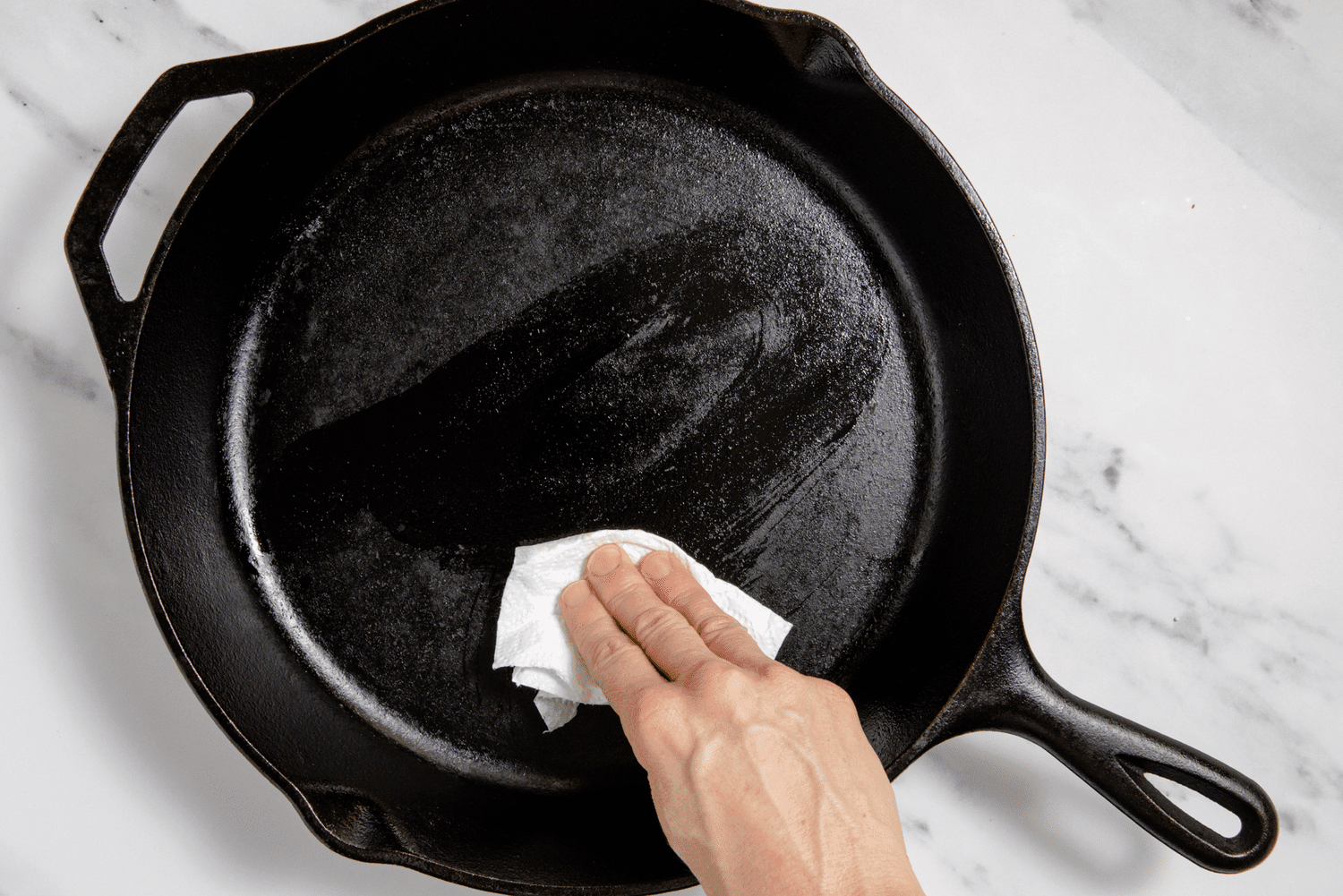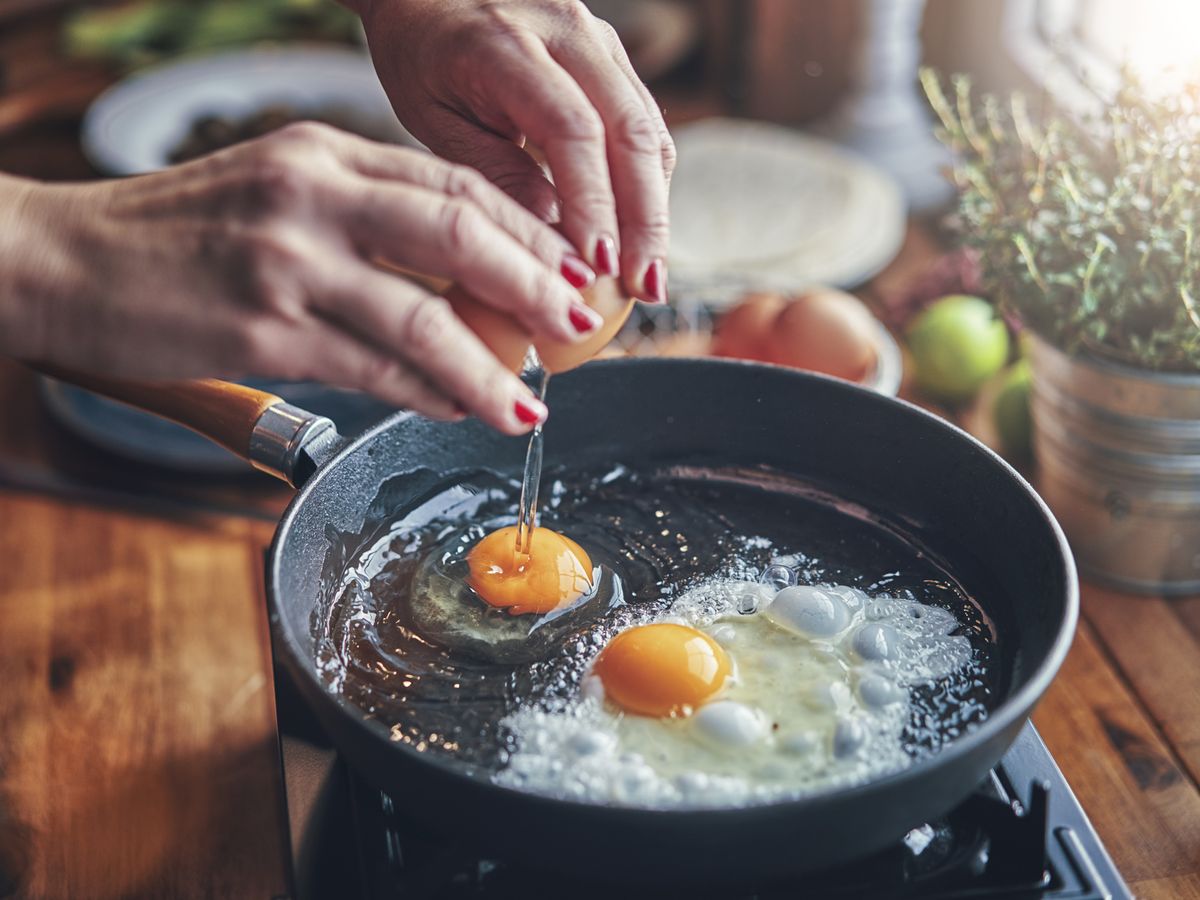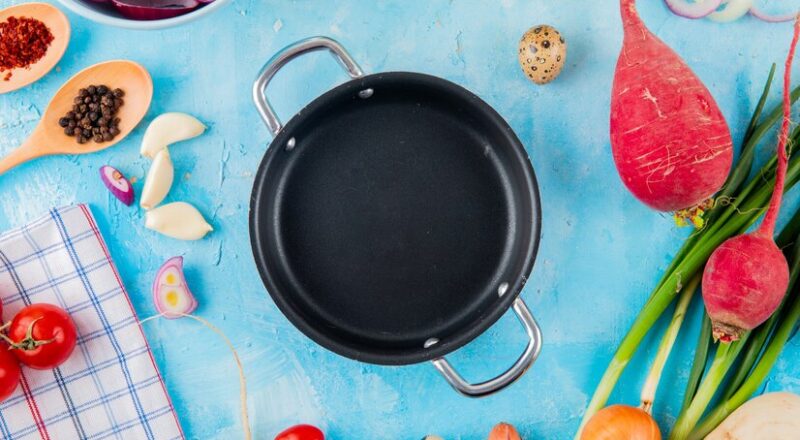Cast iron vs stainless steel cookware has long been a topic of heated debate among homeowners and renters. Both materials come with their own sets of advantages and disadvantages, making it a tough decision for anyone looking to invest in new kitchen equipment. In this article, we will delve deep into the topic, providing a comprehensive comparison with the aim of helping you make an informed decision.
The allure of sturdy, long-lasting, and versatile cookware is undeniable. Whether you are an amateur cook or a seasoned chef, the choice between cast iron and stainless steel can profoundly impact your cooking experience. Let’s explore this dynamic further.

Understanding Cast Iron Cookware
What is Cast Iron?
Cast iron is an iron-carbon alloy known for its durability and heat retention properties. It has been used for centuries to make cookware and other household items. The material is heavy and can withstand high temperatures, making it ideal for various cooking methods.
The Advantages of Cast Iron
One of the most significant advantages of cast iron cookware is its superior heat retention and distribution. Once heated, a cast iron pan stays hot, allowing for even cooking. It is perfect for frying, searing, and even baking.
Another notable advantage is its non-stick properties when properly seasoned. This makes it easier to cook delicate foods such as eggs and fish without them sticking to the pan.
Moreover, cast iron is incredibly durable. With proper care, it can last for generations. You can learn more about maintaining cast iron cookware on this link.
Disadvantages of Cast Iron Cookware
Despite its many advantages, cast iron is not without its downsides. One of the most common complaints is its weight. Cast iron pans are considerably heavier than their stainless steel counterparts, making them harder to handle, especially for those with limited strength.
Furthermore, cast iron requires regular seasoning to maintain its non-stick properties. This involves coating the pan with oil and baking it at high temperatures. Failure to do so can result in rusting and a loss of its non-stick surface.
Popular Uses of Cast Iron Cookware
Cast iron is incredibly versatile and can be used for a variety of cooking methods, including frying, baking, grilling, and roasting. It is particularly excellent for recipes that require high and even heat. From perfectly seared steaks to deliciously crispy fried chicken, cast iron is a favorite among many chefs. Check out some helpful tips on using cast iron here.

Understanding Stainless Steel Cookware
What is Stainless Steel?
Stainless steel is an iron alloy that contains chromium, which prevents rusting and provides a shiny, attractive finish. It is often used in professional kitchens and is renowned for its durability, resistance to corrosion, and ease of maintenance.
The Advantages of Stainless Steel
One of the biggest advantages of stainless steel cookware is its resistance to rust and staining. Unlike cast iron, stainless steel does not require seasoning and can be cleaned with regular dish detergent.
Stainless steel is also much lighter than cast iron, making it easier to handle and maneuver during cooking. Its sleek and shiny appearance adds a modern touch to any kitchen.
In addition, stainless steel cookware is highly durable and can last for many years with minimal maintenance. It is also dishwasher-safe, making cleanup a breeze.
Disadvantages of Stainless Steel Cookware
While stainless steel has many advantages, it also has some drawbacks. One of the most significant is its poor heat retention compared to cast iron. This means that food may cook unevenly if not constantly monitored and adjusted.
Stainless steel is also prone to sticking, especially with delicate foods like eggs and fish. Using oil or butter can help mitigate this issue, but it still presents a challenge for some cooks.
Popular Uses of Stainless Steel Cookware
Stainless steel is best suited for tasks that require quick temperature changes, such as boiling, steaming, and sauteing. It is a staple in many professional kitchens due to its versatility and ease of maintenance.

Comparing Cast Iron and Stainless Steel
Heat Retention and Distribution
When it comes to heat retention and distribution, cast iron is the clear winner. Its ability to maintain a consistent temperature makes it ideal for recipes that require steady heat. In contrast, stainless steel heats up quickly but does not retain heat as well, leading to potential hot spots and uneven cooking.
Durability and Maintenance
Both cast iron and stainless steel are highly durable, but they require different kinds of maintenance. Cast iron needs regular seasoning to prevent rusting and maintain its non-stick properties. Stainless steel, on the other hand, is virtually maintenance-free and can be cleaned easily with soap and water. It is also dishwasher-safe.
Weight and Maneuverability
Stainless steel is significantly lighter than cast iron, making it easier to handle and maneuver during cooking. This is especially important for individuals with limited strength or mobility issues.
Cost Comparison
In terms of cost, both materials are available at various price points depending on the brand and quality. However, high-quality stainless steel cookware tends to be more expensive than cast iron. That said, the initial investment in either type of cookware can pay off in the long run due to their durability and longevity.

Choosing the Right Cookware for Your Kitchen
Factors to Consider
When deciding between cast iron and stainless steel cookware, it’s essential to consider your cooking habits, kitchen needs, and personal preferences. If you frequently cook recipes that require high and consistent heat, cast iron may be the better choice. On the other hand, if you prefer lightweight cookware that is easy to clean and maintain, stainless steel could be the way to go.
Combining Both Types
Many home cooks find that having a combination of cast iron and stainless steel cookware provides the best of both worlds. Using cast iron for frying and baking and stainless steel for boiling and steaming can significantly enhance your culinary repertoire.
For more insights on choosing the right cookware, check out this handy guide.
Conclusion
The debate between cast iron and stainless steel cookware is unlikely to be settled anytime soon. Both types of cookware offer unique advantages and disadvantages, making them suitable for different cooking needs and preferences.
Ultimately, the best choice for your kitchen depends on your specific requirements and cooking style. Whether you opt for the superior heat retention of cast iron or the easy maintenance of stainless steel, investing in high-quality cookware can elevate your cooking experience.
FAQs
Can I use cast iron on a glass top stove?
Yes, you can use cast iron on a glass top stove, but be cautious as it is heavy and can scratch the surface if not handled properly.
Is stainless steel cookware safe for high-heat cooking?
Yes, stainless steel is safe for high-heat cooking and is often used in professional kitchens. However, it may not retain heat as well as cast iron.
How do I season a cast iron pan?
Seasoning a cast iron pan involves coating it with a layer of oil and baking it at high temperatures. You can find a detailed guide on seasoning cast iron here.
As an Amazon Associate, I earn from qualifying purchases.

